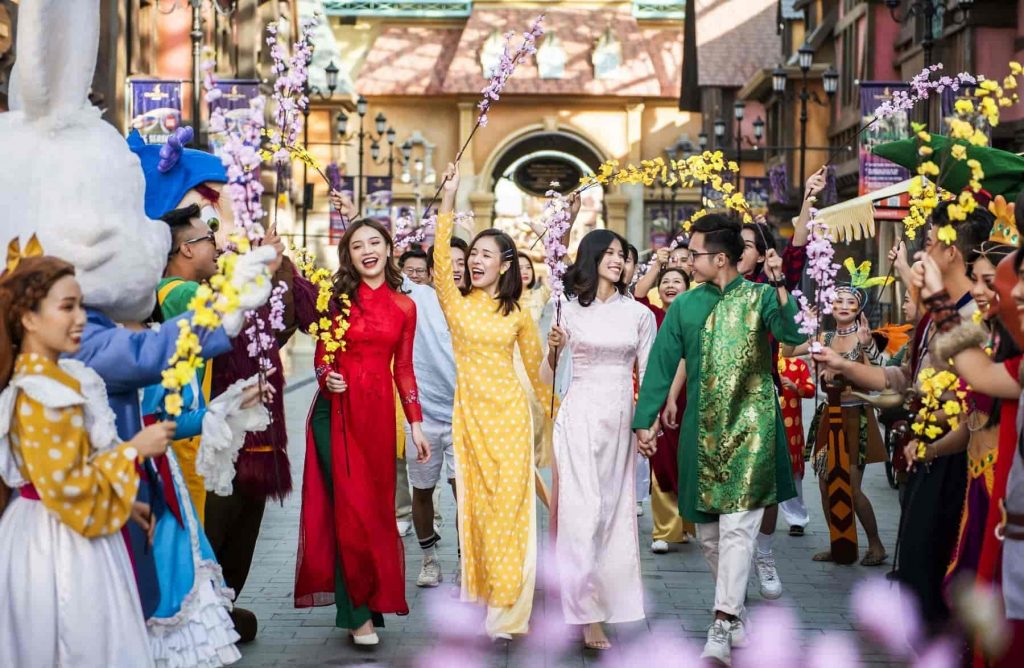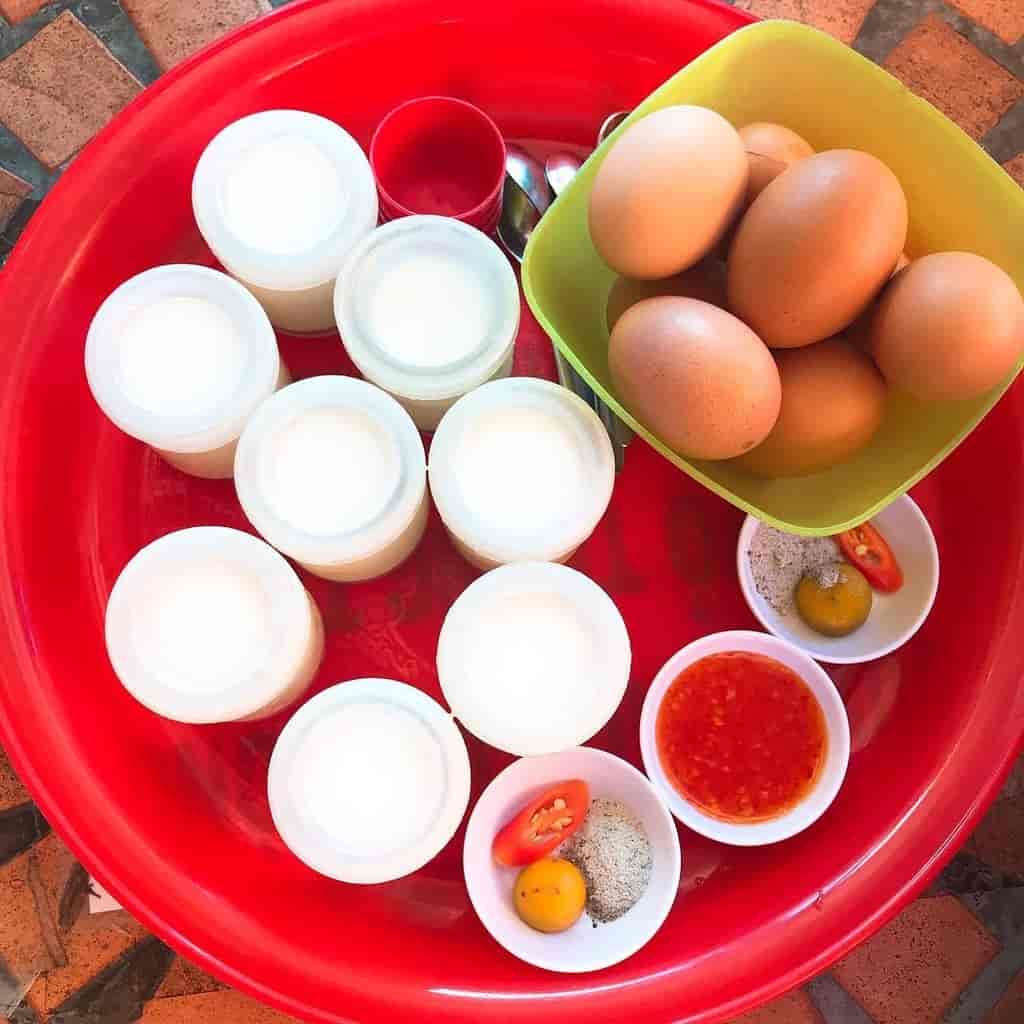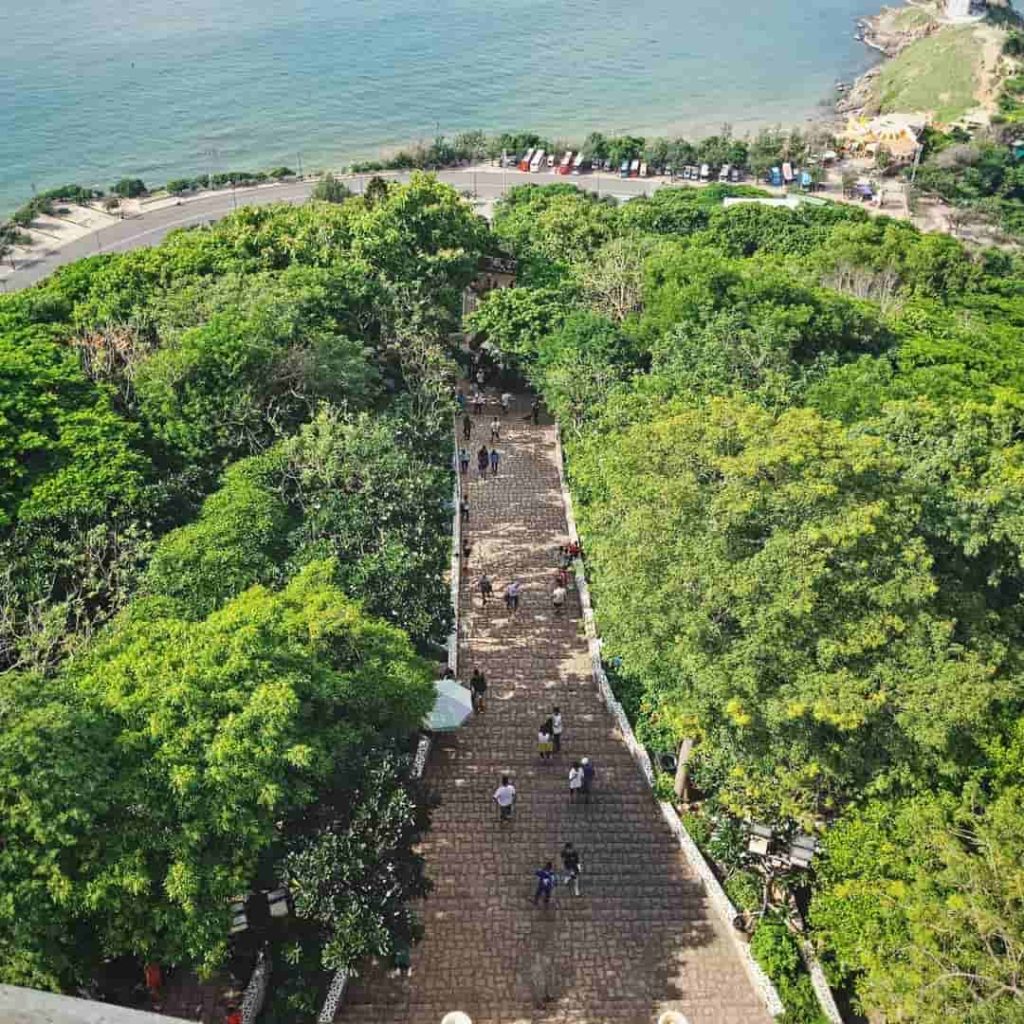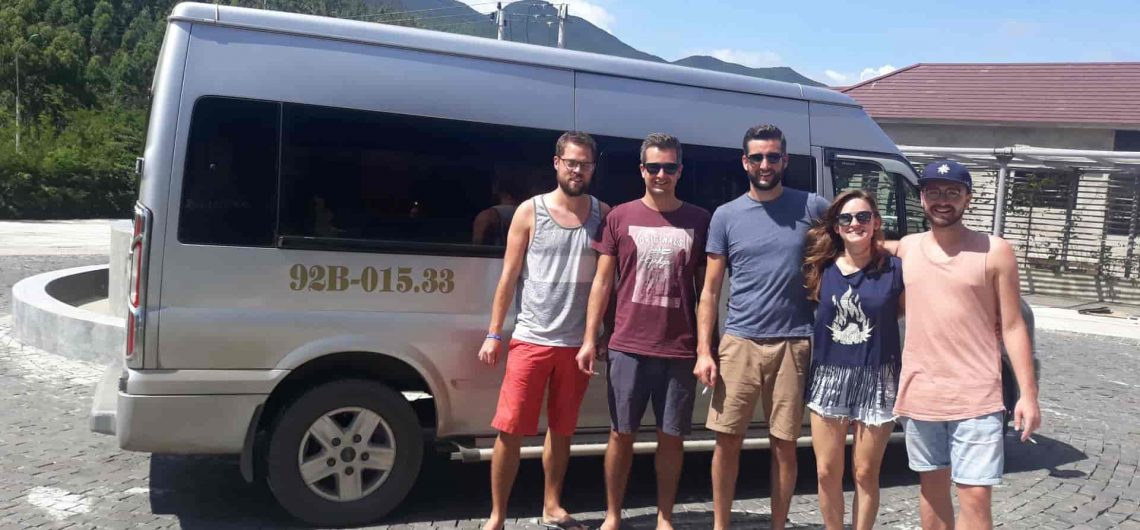Tet Holiday in Vietnam 2024 – Origin and Significance of Vietnamese Lunar New Year
- Luka Modrić
- Ba Na Hills Travel Guide, Blog, Dalat, Danang Travel Guide, Ha Giang, Hanoi, Ho Chi Minh City, Ho Chi Minh Travel Guide, Hoi An Travel Guide, Hue Travel Guide, Nha Trang Travel Guide, Ninh Binh, Phong Nha Travel Guide, Quang Ninh, Quang Tri Travel Guide, Sapa, Things To Do In Central, Things to do in Northern Vietnam, Travel Guide South Vietnam, Vung Tau
Once a year, during the end of the year, people from all over will return to their homeland to reunite with family for the Tet holiday. This is the largest festival of the year in Vietnam, as well as in other East Asian countries such as China, Japan, etc. So, what is the significance of Tet Nguyen Dan (Tet Holiday)? Let’s explore more useful information with DanangPrivateCar.com’s through this article!
Tet Holiday, What Is It?
Lunar New Year, also known as Tet or Tet Holidays, is the most important festival of the year for the Vietnamese people, celebrated at the beginning of the lunar year. Lunar New Year goes by various names such as Tet Ca, Tet Am Lich, Tet Ta, Tet Co Truyen, and more.

In terms of Han-Vietnamese phonetics, ‘Tet’ in Han characters represents the festival, ‘Nguyen’ signifies the beginning, and ‘Dan’ refers to the early morning. Therefore, the most accurate pronunciation in Han-Vietnamese phonetics is Lunar New Year.
How is the time of Tet Holiday calculated?
Lunar New Year is calculated to begin on the first day of the lunar year, typically falling 1 to 2 months later than the Gregorian New Year due to the rule of adding an intercalary month every three lunar years. Therefore, the start of Lunar New Year usually falls between January 21st and February 10th.
Lunar New Year takes place during the leisure time of farmers, providing a break for rest and preparation for the upcoming farming season. Traditionally, as the majority of people in Vietnam are involved in agriculture, the holiday allows them to take a break and rejuvenate their spirits after days of hard work.
Example: According to the lunar calendar, the 30th day of Tet in 2024 falls on a Friday, February 9, 2024, in the Gregorian calendar, and the 1st day of the Year of the Wood Dragon is on February 10, 2024, falling on a Saturday.
What is the origin of Tet Holiday?
The origin of Lunar New Year is still a subject of debate. Most information suggests that Lunar New Year originated in China and was introduced to Vietnam around the time of the Chinese domination, about 1000 years BCE. However, according to Vietnamese historical folklore, particularly the story of “Banh chung banh day,” the Vietnamese people celebrated this festival during the reign of the Hung Kings, which is more than 1000 years BCE, predating Chinese domination.

Confucius wrote, ‘I do not know what Tet is, I heard somewhere that it is the name of a great festival of the Man people, where they dance wildly, drink alcohol, and have fun on those days.’ This suggests that Lunar New Year may have originated in Vietnam.
While there is ongoing debate about whether the origin of Lunar New Year is from Vietnam or China, it is evident that each country’s celebration of Lunar New Year has unique characteristics. This festival holds significant importance for the people of each nation.
What is the significance of the traditional Tet day?
Lunar New Year is the intersection of heaven and earth
Lunar New Year is considered a time representing the intersection of heaven and earth, where spiritual beings connect with humans. ‘Tet’ during Lunar New Year signifies the seasonal changes, operating through the four seasons of Spring, Summer, Autumn, and Winter, reflecting an agricultural cycle that held special meaning in the ancient economy.
Lunar New Year is an occasion to express reverence to ancestors
It can be said that this is the most important time of the year when family members gather to prepare and offer the most elaborate meals and trays of fruits to the ancestral altar.

According to tradition, during this holiday, ancestors return home to celebrate Tet with their descendants and bless the family with health and harmony.
Tet Holiday is a day of luck and hope
The new year symbolizes a new beginning, so every Tet, people often visit temples to seek blessings and good fortune for the upcoming year.
From ancient times until now, there is a belief that Lunar New Year will drive away the misfortunes of the old year and welcome the hopes for a better new year. Therefore, many people choose this time to start their work for the year and initiate new ventures due to the auspicious energy of the new year.
Tet Holiday is a time for families to come together
Not every family is always close by, so Lunar New Year is the most anticipated time for everyone to reunite with their loved ones. Coming together around the pot of Chung cake on New Year’s Eve is a dream shared by many.

Moreover, it is also a time for descendants to express gratitude to their grandparents, parents who gave birth and raised them with the most sincere affection, whether through heartfelt thanks or simple gifts for Tet day.
Lunar New Year is an occasion to express reverence to the spiritual beings.
From ancient times to the present, the Vietnamese people highly value the act of worshiping their ancestors to seek blessings for the family. This is the most emphasized ritual, and according to folklore beliefs, farmers express their gratitude to Rain God, Earth God, Sun God, etc., for the assistance they provided throughout the year.
Tet is the birthday of everyone.
“Happy new age”: This is a familiar saying from grandparents, parents, uncles, and aunts when they exchange Tet greetings to celebrate each other’s additional year.
During this occasion, people exchange the best wishes, hoping for a better new year. Adults celebrate the age of the elderly and the young to wish the elders a long, healthy life and hope that the younger ones grow quickly, behave well, and excel in their studies.
Customs and traditions of the Vietnamese during Lunar New Year
Worshiping Ong Cong and Ong Tao (Kitchen guardians)
Before Lunar New Year, on the 23rd day of the 12th lunar month each year, families clean their kitchens and prepare an offering with fruits, savory foods, and a live carp. This is to prepare for Kitchen guardians, who ascend to heaven to report the family’s activities to the heavenly court.
Making Chung cakes (Stuffed sticky rice cake) and Tet cakes (Cylinder sticky rice cake)
As Tet approaches, markets are filled with stalls selling dong leaves, banana leaves, and bamboo sticks for wrapping traditional Tet cakes. Stuffed sticky rice cake and Cylinder sticky rice cake are essential items in the Tet menu, offered to ancestors on the ancestral altar or given as Tet gifts to friends and family.

Cleaning and decorating homes
For the Vietnamese, cleaning the house at the end of the year symbolizes getting rid of the negatives from the old year, preparing to welcome luck and prosperity for the new year. It is a time for family members to come together to refresh their homes.
In addition, to decorate their homes for Tet, the Vietnamese also buy various flowers, such as Water Lily, Money Tree, Chrysanthemum, with different colors and meanings.
Arranging the Five-Fruit Tray
Arranging a Five-Fruit Tray to offer to the ancestral altar is an indispensable tradition during Lunar New Year. It expresses the respect and gratitude of the descendants to their ancestors.
In each region, there are different ways to arrange the Five-Fruit Tray, and various fruits may be used. However, all share the common meaning of wishing for luck and peace in the new year.
Tending to ancestral graves
This custom takes place in the days leading up to Lunar New Year. On these days, family members gather at the graves of their ancestors to clean and visit. This practice demonstrates the respect and filial piety of the descendants towards their deceased grandparents, parents, and ancestors.
Year-end worship
Year-end worship is a long-standing tradition in Vietnamese culture. It is a significant ritual usually performed on the 30th day of Tet to invite the ancestors to celebrate Tet with the family. It marks the end of the old year and prepares for a new year of safety and prosperity.
First-Footing
After the New Year’s Eve moment, the first person to enter the house is the one performing the ‘first-footing’ for the family. According to tradition, this person should be compatible with the family’s head to bring a prosperous and harmonious year with good health.

Tet greetings and birthday celebrations
The new year symbolizes everyone getting a year older. People exchange the best wishes to hope for a successful new year. On the first day of Tet, the younger generation visits their grandparents, parents, and then the elders traditionally give lucky money to the children for a fortunate and successful new year.
This article has presented the significance of the Tet Holiday and common activities during Tet for the Vietnamese people. Hopefully, through this, you have gained more information about the traditional Tet day and wish you a warm and joyful Tet celebration with your family!















